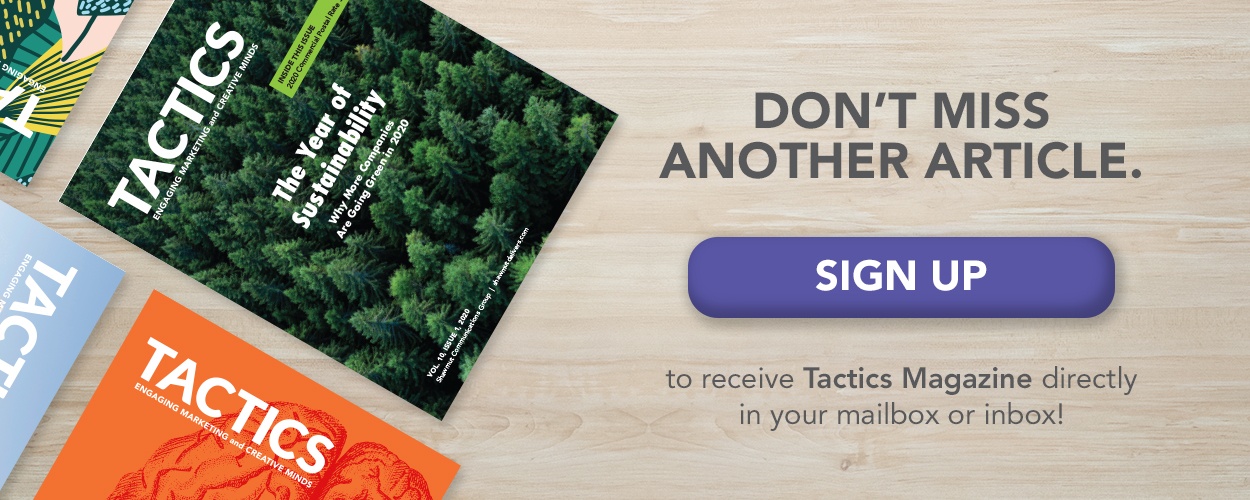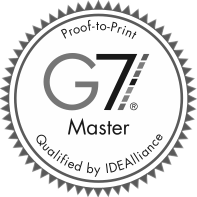List three of the most successful North American consumer brands of the last 10 years and a few names come quickly to mind: Starbucks, Virgin and Lululemon.
Not coincidentally, these three brands share three other characteristics. Each believes that to win market share, they must first win the hearts and minds of their employees. Each does this by investing in formal internal branding initiatives to boost employee engagement. And each has seen their share price rise at least three times faster than Nasdaq Composite Index over the past two years.
Their success lends credence to what's come to be called "internal branding," or the systematic process by which organizations consciously cultivate employees to be brand ambassadors.
Internal branding is based on the simple and often overlooked premise that every time an employee comes in contact with a prospect, customer, vendor, investor or other stakeholders, they are leaving an impression that will overpower and outlast every dollar their organization spends on brand marketing.
Many forward-thinking consumer goods companies are reevaluating their priorities to avoid commoditization. Today, they focus on recruiting, developing, and retaining the best talent in the belief that engaged employees are more likely to consistently deliver excellent customer service and fulfill an organization’s brand promise.
The Engagement Gap
Employee surveys by Gallop, Aon, and other consulting firms, along with more than 10,000 academic studies, have found that only 30 percent of American workers are engaged and inspired by their work. That leaves plenty of room for improvement and shows why many companies are shifting their focus to internal branding.
In 2016 Gallup conducted 339 research studies across 230 organizations in 73 countries. They found companies that ranked in the top quartile regarding employee engagement and satisfaction scores outperformed those in the bottom quartile by a significant margin in 10 performance areas. Specifically, companies at the top outperformed bottom-quartile companies by 10 percent in customer ratings; 21 percent in profitability; 20 percent in sales production; 24 percent in turnover; 70 percent in safety incidents; 28 percent in shrinkage; 41 percent in absenteeism; 58 percent in patient safety incidents; and 40 percent in quality (defects).
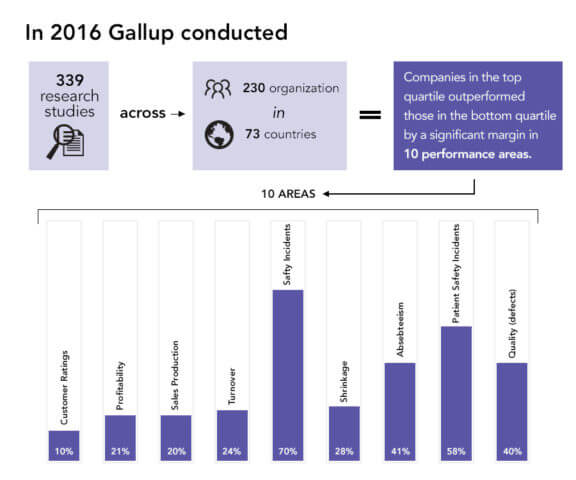
Virgin Group founder Richard Branson credits much of his company’s success to employee engagement. Branson is a big believer in giving employees autonomy, celebrating their achievements, cultivating them as brand ambassadors, and monitoring their feedback.
“Our customers and investors relate to us more as an idea or philosophy than as a company. We offer the Virgin experience, and make sure it is consistent across all sectors. It's all about the brand.”
—Richard Branson, founder of Virgin Group
Focus on Internal Branding During Rapid Growth
Companies and brands have to be particularly attentive during periods of rapid growth when management is stretched thin. Some of the biggest fiascos occur when founders push a business into high growth mode.
"As they rush to open offices, online stores or otherwise "reach scale," they often overlook the need to institutionalize the passion that drove their early success by implementing formal internal branding programs," says Cliff Oxford, CEO of the Oxford Center for Entrepreneurs in Atlanta. The center specializes in helping entrepreneurs navigate through periods of rapid growth and position their businesses for a sale.
“You can be successful because of a leader’s personality and company personality, and now you have to convert that to a brand and organization you can sell,” Oxford says.
By the time entrepreneurs join the Oxford Center for Entrepreneurs, they've already progressed through an initial period of rapid, self-funded growth. "When you are in hyper growth, revenue covers up a lot of sins that can get you in trouble once you have to start investing to expand," Oxford says. To avoid this, Oxford preaches “alignment and acceleration,” which calls for aligning strategy, shared values, skills, staff, structure and style before a company accelerates.
The faster a company grows and the larger it gets, the greater the risk that senior management will go astray.
"There is a reason Mr. Walton drove a pick-up truck. You've got to live it, eat it and be it. If your internal branding is 'we are a cost-conscious company' and the CEO is driving a Ferrari, it's all just talk. It's not about what you have chiseled in the wall of your lobby, but how you work every day."
—Cliff Oxford, CEO of the Oxford Center for Entrepreneurs
Leadership Must Embody Internal Branding
Darryl Meattey, co-founder and CEO of Surell Accessories, walks the walk. Meattey got his start in the fur business by unloading trucks and setting up product displays for a company that made children's and bridal accessories. Along the way, the New Hampshire native learned to cut and stretch rabbit furs and run a sewing machine. After five years on the job, and with no college education, he was named president of the company.
When the firm went out of business, Meattey partnered with former co-worker Sue Adams in 1979 to open Surell Accessories, a Troy, N.H.-based company that designs, manufactures and sources fur-lined gloves, hats and apparel. With help from a salesman who had called on New York City's department stores for decades, Meattey landed many of his former customers' private label business. Today, the company's more than 1,400 products can be found at Saks Fifth Avenue, Neiman Marcus, Lord & Taylor, Bloomingdales, Brooks Brothers, Nordstrom and Macy's and a factory outlet in New Hampshire.
At 64, Meattey remains engaged in day-to-day operations, but he's also starting to think about what happens when he retires. With the help of a management consultant he meets with twice a week, he's taken the first steps towards creating an internal brand by distilling his core philosophies into words.
"After 40 years and making many mistakes, I figured out you've got to lead by example," Meattey says. "If I'm never here, how can I expect my team to be here? You've got to have a philosophy and you've got to kind of live by it."
So far, Meattey has come up with "ACT," an acronym for three core values that have helped him succeed: Attitude, Commitment and Team.
Last year, Meattey asked his staff to focus on improving communication. Of late, he has gotten in the habit of asking staff to repeat to him key points they gleaned from their conversations. "We are under 10 people at any one time, but I find I have to be constantly talking to people," he says. "Every year, we have an area we want to work on and we put it on a chalkboard in our conference room. Communication is always the No. 1 thing and we sucked at it last year."
Meattey now is investigating how to expand their wholesale business and must get buy-in from everyone involved. "Historically, I have relationships where my buyers come in and hug me. However, I don't scale." To make real progress, Meattey must try and nurture the same characteristics within his team. "We've had some customers for 35 years," he says, "so I'm not just handing them over to anybody until I know they are truly a brand advocate."
Your 3-Step Plan to Creating an Internal Brand Culture
- Start at the top. Having a great brand starts at the top. That means, as a leader, you must display top-notch communication skills and bold transparency. When your employees see this, they’ll naturally rise to match this example.
- Take that extra step, recognize others besides sales. People recognize rewards. If you only incentivize your sales team, you're missing a major opportunity to create well-rounded brand salespeople. Recognizing everybody on your team will create an attitude of pride, ownership, and responsibility.
- Be social, act social. Creating a social media strategy that ensures everybody on your team understands the company's goals and mission is critical. Remember, if your customers and potential customers are plugged into social media, your team should be, too.
This article first appeared in Tactics Magazine, Volume 6, Issue 6.


